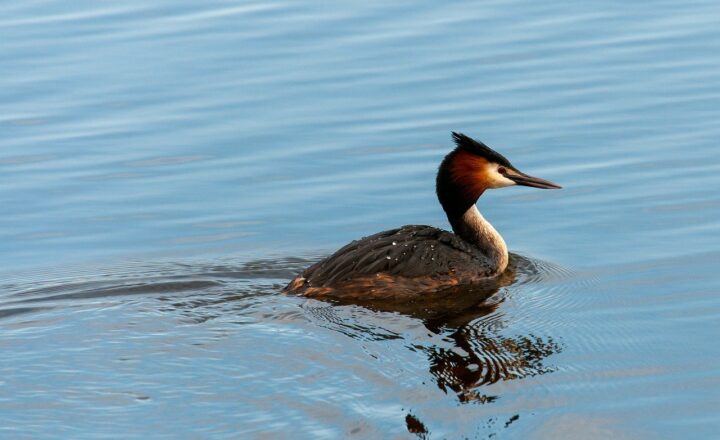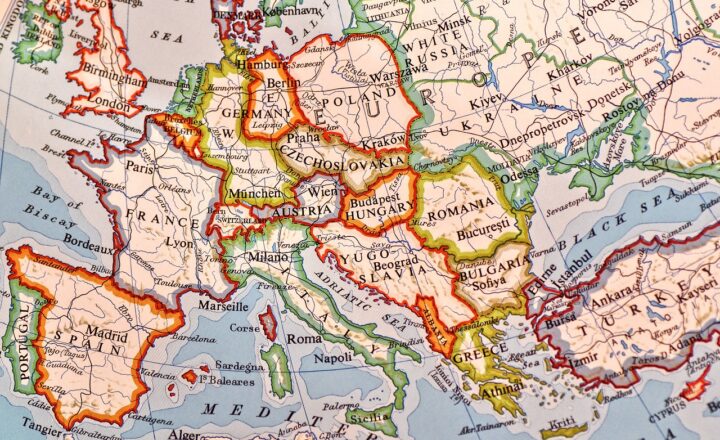
The domestication of animals is one of humanity’s major milestones, intertwining our destiny with that of various species. This process has shaped agriculture, economy, and culture throughout history. But when and how did it all begin? Let us delve into the fascinating journey of the first human-animal partnerships that paved the way for our modern world.
1. Understanding Domestication
Before exploring the beginnings of animal domestication, it is crucial to define what we mean by ‘domestication.’ Domestication is a long-term process through which humans selectively breed and adapt animals to suit their needs. Unlike simple taming, domestication involves genetic alterations over generations, often resulting in significant behavioral and physical changes.
Key characteristics of domesticated animals include:
- Reduced Survival Skills: Domesticated animals often lose or reduce survival instincts found in their wild counterparts.
- Dependency on Humans: Domesticated animals rely on humans for food, shelter, and breeding.
- Bred for Desired Traits: Humans select for specific attributes such as temperament, physical characteristics, and productivity.
This process not only altered animals but also transformed human societies.
2. The Origins of Domestication
The beginnings of animal domestication can roughly be traced back to the Neolithic period around 10,000 BCE. Evidence suggests that as human societies transitioned from nomadic hunter-gatherers to settled agricultural communities, they started to domesticate animals to fulfill their needs.
2.1 The First Domesticated Animals
The archaeological record provides strong indicators of the earliest attempts at domestication, particularly through:
- Dogs: Genetic studies suggest that dogs were the first domesticated species, likely descending from wolves. Their bond with humans dates back over 15,000 years, serving roles as companions, hunters, and protectors.
- Goats and Sheep: Around 10,000 BCE, humans began domesticating goats and sheep in the Fertile Crescent, utilizing them for food, clothing, and companionship.
- Cattle: The domestication of cattle followed, with evidence dating back to around 8500 BCE. Cattle offered labor, milk, and meat to early agricultural societies.
- Pigs: Pigs were domesticated from wild boars around 7000 BCE, thriving on leftover crops and human refuse.
The domestication of these animals was closely tied to the rise of agriculture, as it provided stable food sources and labor for farming activities.
3. The Role of Agriculture in Domestication
As communities began adopting agriculture, the relationship between humans and animals became more intricate. Animals not only served as sources of food but also became crucial in the farming process itself.
3.1 Labor and Livestock
Domesticated animals facilitated agricultural expansion through:
- Plowing and Transportation: Oxen and horses became invaluable for farming tasks such as plowing fields and transporting goods, expanding cultivation areas and efficiency.
- Increased Yield: The use of animals allowed for the support of larger, more stable populations, leading to the development of complex societies.
This partnership not only enhanced productivity but also changed people’s outlook on animals from wild entities to companions, tools, and integral parts of their communities.
4. Cultural Significance of Domesticated Animals
The domestication of animals was not merely a pragmatic endeavor but also held significant cultural and social implications.
4.1 Symbolism and Status
Animals began appearing in art, religion, and social hierarchy:
- Art and Mythology: Many ancient cultures revered domesticated animals, incorporating them into myths, rituals, and artwork, reflecting their importance in society.
- Wealth Indicators: In many societies, livestock were symbols of wealth and prestige, influencing social status and relationships.
These animals were not only vital for subsistence but also shaped human identity and cultural practices.
5. Evolution of Domesticated Animals
Over time, the domestication process has led to significant evolutionary changes in both humans and animals. This is evident in various aspects:
5.1 Behavioral Changes
Animals adapted behaviors to align with human companionship, including:
- Social Structures: Many domesticated species display traits of sociability characterized by bonds with humans and other domesticated animals.
- Reduced Aggression: Selective breeding has minimized fearful and aggressive traits, leading to calmer dispositions, making them suitable for human interaction.
Understanding these changes can provide insights into the profound effects of domestication on animal behavior and social structures.
5.2 Genetic Changes
Domestication also influenced physiological traits:
- Size and Morphology: Many domesticated animals are smaller or exhibit physical traits distinct from their wild ancestors, a consequence of selective breeding.
- Health and Reproduction: Domesticated animals have been bred for specific purposes, often resulting in various health issues known to affect certain breeds.
The evolutionary journey of these animals illustrates the partnership’s complexity, serving mutual benefits while fostering dependency.
6. Consequences and Future of Domestication
The journey of domestication has not been without consequences. As humans relied increasingly on their animal counterparts, environmental and ethical issues emerged:
6.1 Environmental Impact
The intensification of livestock farming has led to significant impacts, including habitat destruction and climate change implications, urging a need for sustainable practices.
6.2 Ethical Consideration
As our understanding of animal rights grows, there is increasing scrutiny over farming practices and animal welfare, leading to calls for more humane treatment and methods.
The future of domestic animal relationships will likely involve a balance between ethical considerations and sustainable practices, ensuring the legacy of this transformative journey continues.
Conclusion
The domestication of animals marked a significant turning point in human history, shaping our societies, economies, and cultures. From the initial bond formed with dogs to the comprehensive farming systems reliant on livestock, this relationship reflects human ingenuity and adaptability. Understanding the origins and evolution of this partnership underscores the need for responsible stewardship as we navigate the complexities of modern domestication.
By acknowledging our shared journey, we can aspire to build a future where both humans and animals thrive together, respecting the history that brought us to this point.







